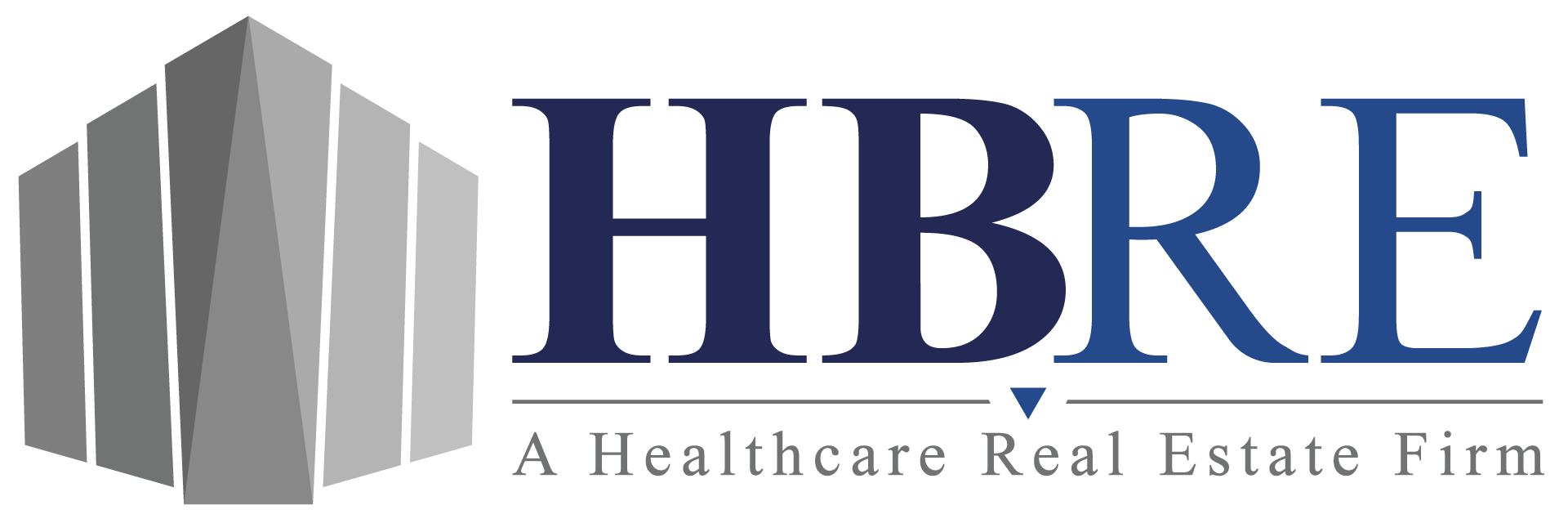The demand for medical space has been growing for a while now. We all know how intensely the COVID-19 pandemic has heightened the awareness of that need. It’s clear that the landscape of medical commercial real estate (CRE) is shifting, and flex space may be a key component to the next phase of healthcare CRE.
As medical groups lean heavily on new technologies and social distancing measures, they face the need for more flexible spaces. These creative, adaptable areas can meet unique patient needs and evolve as patient visits fluctuate in number. So what elements are important to include during the planning phase of medical flex space? We’ve included a few specific insights to help medical groups plan accordingly.
Hiring Medical Real Estate Advisors
Before medical groups begin to search for the right flex space or negotiate the flex space build-out with their landlord, they should consult a medical CRE advisor. Medical advisors offer insight that differs from advisors that handle other sectors of CRE. They are familiar with the relationships between health systems, landlords, tenants, medical groups, and individual physicians. They understand the legal requirements that specifically impact healthcare real estate deals. And they also know the variances between healthcare facilities and standard office buildings. HBRE’s team of medical advisors are highly skilled in all of these areas and can facilitate deals that best represent their clients and associated parties.
Planning Medical Flex Spaces
Structural Planning
A few years ago, Healthcare Design Magazine (HCD) helped to answer some of the questions surrounding the design of medical flex space. At the time, structural bay spacing (the amount of space between structural columns) had grown from 28 feet to more than 32 feet apart. This adjustment is a prime example that equipment sizing and spacing requirements change over time. Ensuring the right spacing during construction allows future medical tenants to retrofit the space without having to make significant structural updates.
Flex spaces should be planned and designed with the future in mind. For example, medical facilities located in urban areas should consider including a foundation and support system that are conducive to future vertical expansion. And medical tenants may also want to consider having extra shell space to account for future growth. These areas could be finished at a later time and could eventually provide space for elevators or mechanical equipment. In the meantime, they work well for storage or temporary office spaces.
Interior Planning
The pandemic has certainly played a role in the interior layouts of medical facilities across the country and even around the world. Many hospitals have restructured their interior to accommodate all of their patients—from critical to common illnesses. Some of the spacing solutions come in the form of smaller flex spaces.
In some cases, medical groups can use the same room for a variety of patient or staffing needs. It’s a type of flexible space—providing basic equipment in the room and using it for several different types of procedures or staff purposes. An article from B+H Architects also suggests temporarily transforming existing rooms with “soft” purposes into new uses. An example would be transforming an office near the ICU into a gown-up/down area to meet decontamination requirements for hospital staff.
Flex space comes in all forms and sizes, and its purpose is to benefit the tenant or owner long term. Some medical groups may choose to build oversized flex spaces that can benefit them for years to come. Others may need to focus on transforming an existing space to serve their needs for the next five to ten years. But, no matter the type of medical flex space, HBRE is equipped to handle negotiations. Let our team help facilitate your medical group’s flexible space planning; reach out to us directly for questions regarding our healthcare real estate services: HBRE.us.
If you are interested in learning more about investing in commercial real estate, or if you have questions about buying, selling, or leasing a commercial property, please contact an HBRE advisor. Our team of experienced CRE professionals have the skills and insight to assist with all property transactions. To reach out to us directly, email [email protected] or call 615-564-4133.




